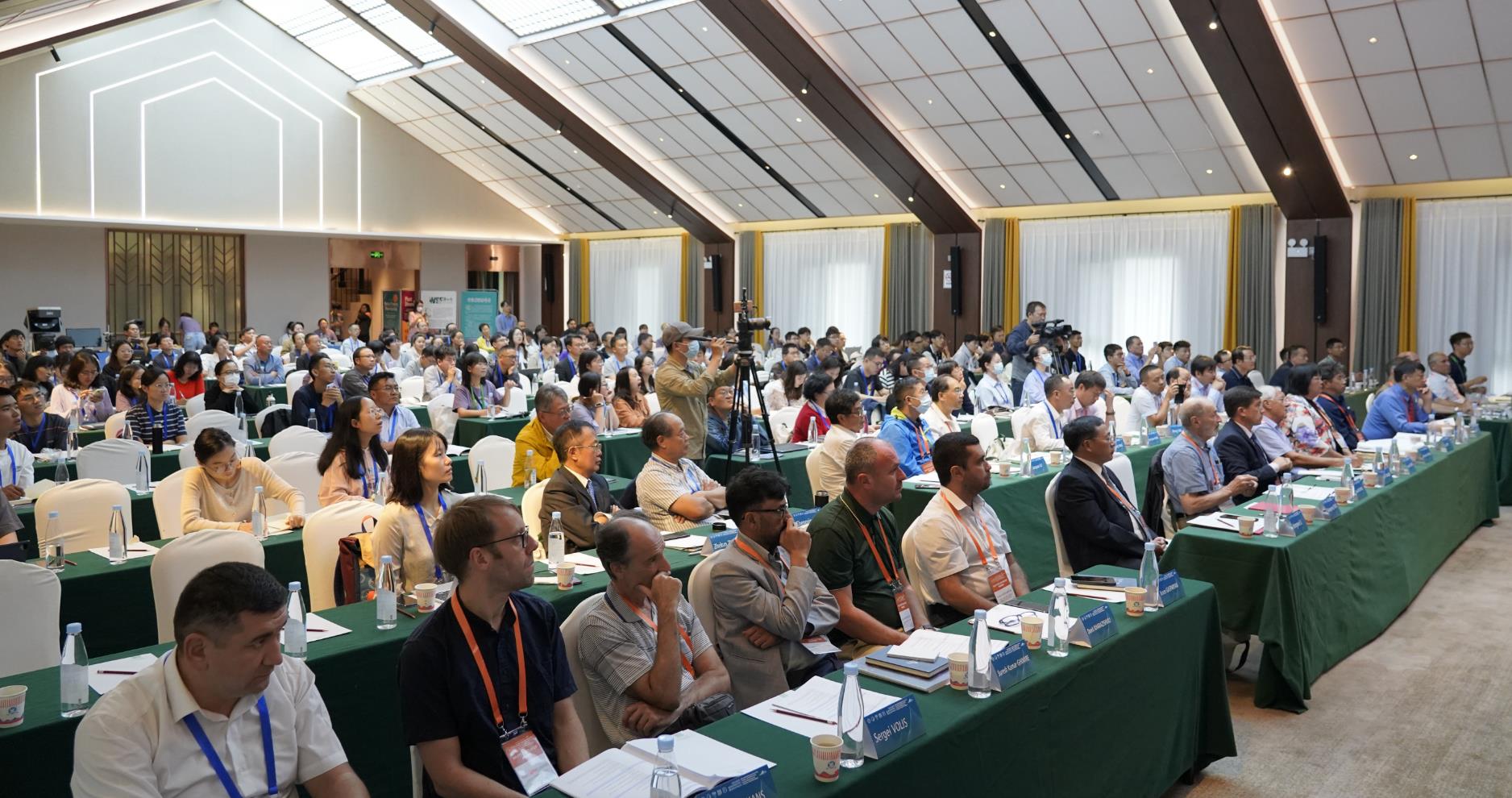Conservation of plant diversity is an issue of global concern. A symposium on it is underway in Kunming, provincial capital of southwest China's Yunnan, where international scholars are brainstorming how to make collaborative efforts in the Pan-Third Pole Region. Yang Jinghao has more.

The Pan-Third Pole Region, with the Qinghai-Tibetan Plateau at its core, covers an area of about 20 million square kilometers, with more than 3 billion people in more than 20 countries and regions. It's one of the most vulnerable regions to the impact of global climate change.
To learn more about the conservation of plant diversity and sustainable utilization of plant resources in the region, some 200 scholars have gathered to share ideas and the latest research findings.
SUN HANG, Director, Kunming Institute of Botany, Chinese Academy of Sciences "We still have a lot of work to do, because in many places, we have never gone there, no data. Also, many plants need more deep research, such as using molecular message to find some functions, to find some useful gene for future agriculture use."
Scientists and botanists from more than 10 countries of this region have touched on diverse topics, such as the role of mountains in biodiversity and plant evolution and diversification in Qinghai-Tibetan Plateau, among others.
YANG JINGHAO, Kunming, Yunnan Province "With biodiversity loss an issue of global concern, the participants hope the symposium will promote academic exchanges among scientists from different countries and facilitate some pragmatic cooperation in biodiversity conservation."
ALEXANDRE ANTONELLI, Director of Science, Royal Botanic Gardens, Kew "Because we have a huge task ahead of us. We absolutely need to identify the hot spots of plant diversity across the third pole, and it's not a task that any nation can do by itself. So the combination of fieldwork, remote sense in technologies to identify areas which are probably most suitable for plant life and international collaboration are going to be key to the success of that endeavor."
Over the past years, China has formed close partnership with some countries in plant diversity research and conservation. The establishment of the Global Allium Gardens with Uzbekistan – one in Kunming, and one in Tashkent, is a typical example.
KOMILJON TOJIBAEV, Director, Institute of Botany, Uzbekistan Academy of Sciences "This is a good platform, a platform for training new talents, and many young students, young scientists from Uzbekistan, from my research team visit Yunnan Kunming. There are busy now with new modern botanical studies. I think our cooperation will be strengthened and strengthened."
The Kunming-Montreal Biodiversity Framework adopted last year set the goal to protect 30 percent of the world's terrestrial ecosystems by 2030.
Event participants say they expect more joint scientific expedition to biodiversity hotspot regions, joint research, and also, cultivation of next-generation scientists. (CGTN)
(Editor:YANG Mei)




